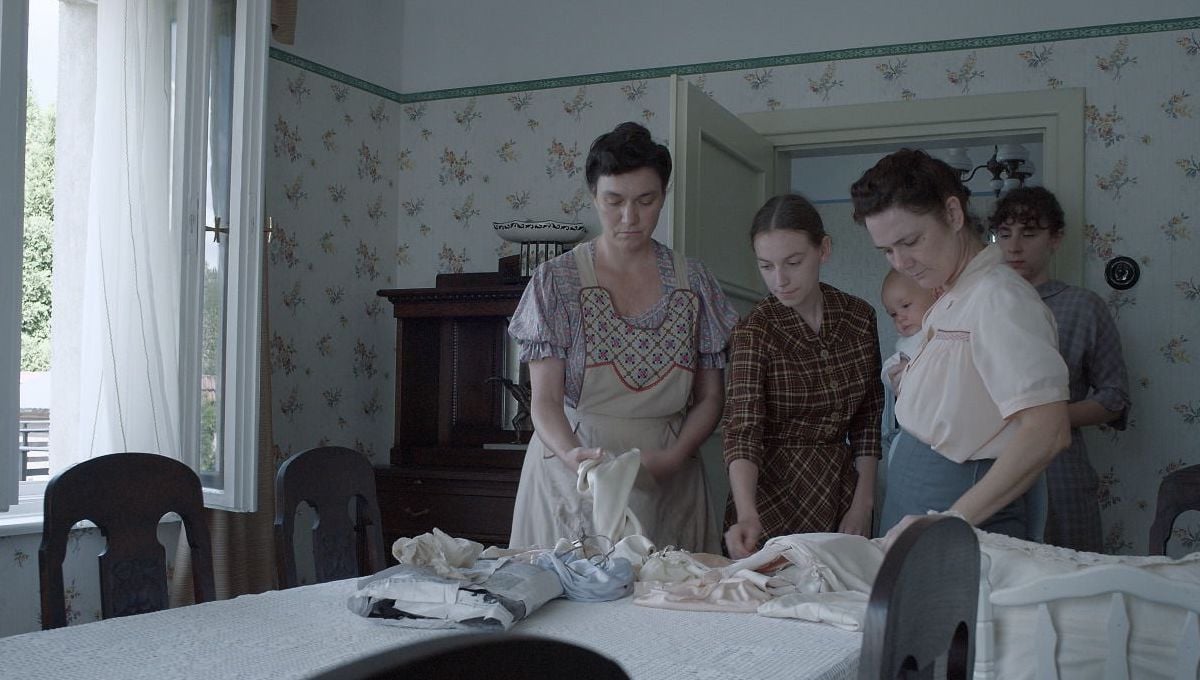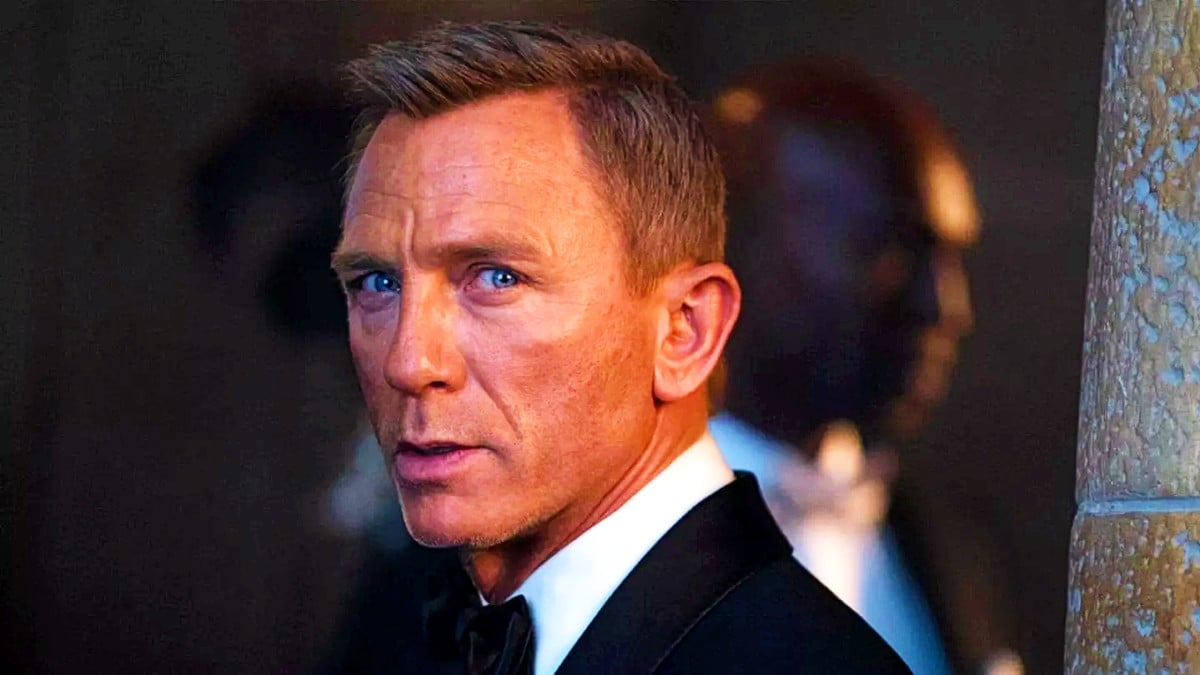The Zone of Interest, Jonathan Glazer’s bracing study of the commander of the Auschwitz concentration camp and his family, relies on deceptively simple filmmaking techniques. From its disturbing soundscape to its unvarnished portrayal of a mass murderer, the film leaves the audience feeling complicit in the horrors of the Holocaust—thanks, in large part, to its innovative camera work.
We sat down with Łukasz Żal, Oscar-nominated cinematographer and The Zone of Interest‘s director of photography, to talk about how he and Glazer approached their portrayal of Rudolf Höss (Christian Friedel) and his family. In the film, the Höss family lives in an upscale house next door to Auschwitz, enjoying the natural beauty of the landscape while gunshots, screams, and other horrific noises drift over the wall that separates them from the camp. When Höss finds out that he’s being transferred to another location, he and his wife Hedwig (Sandra Huller) fight to stay in what they consider an idyllic home.
Żal says that the goal of his filming style, which used historically accurate lighting and filmed on location around Auschwitz, was to capture the reality of the Höss family’s lives. “The idea was to forget that there was someone behind the camera,” he says. “The idea was to make this film in the most simple, honest, and functional way.”
However, the film’s simple visuals are belied by the sounds of the camp, which were added after the footage was shot. “You’re immersed in this everyday life,” Żal says. “You’re observing a normal life, and forgetting about what’s happening behind the wall. And then, [when you add] the context of this whole sonic world—it’s a completely different film. One film is what you see, but there’s another, which is what you hear, and what you know is happening behind the wall.
“You think you’re [watching] a monster,” Żal adds, referring to the eerie scenes of domestic life next to the camp—and the feelings of complicity they evoke. “But then you see yourself in it. It’s like a mirror.”
The filming technique that Żal and Glazer developed, which involved placing hidden cameras throughout the house and allowing the actors to do long takes with minimal interference from the crew, posed a unique set of challenges for Żal. “I was a bit afraid of the surveillance style of filming, because I didn’t know how it was going to work,” he says. “But then I realized that I just need to serve it. I need to forget about my ego, forget all the cinematic tricks I was taught, and just lose control and serve what happened.”
Even after production had started, Żal found that he had to continually adjust his methods to the style of the film. “I remember I had an idea that we could have a portrait [shot],” he says. “But Jon told me, ‘if we have this portrait, it’ll be manipulative. It’ll be very strong and emotional. What if we put a camera very far away, to just show the back of the person looking through the window?’ And I thought, ‘What am I doing? I’m still thinking in this typical way of cinema.’ The whole film was like this. There were always surprises.”
Of course, the film does employ some more radical visuals to tell its story, including a thermal camera that captures a young girl leaving food for Auschwitz prisoners in the dead of night. The thermal camera inverts the colors of the scene, making the girl look like she’s shining against the darkness. Żal explains that although the thermal camera was a practical way of shooting at night, it also operates on a symbolic level. “[The girl is] hope,” he says. “She is a light. She represents what is good in humankind, this goodness, this ability to help. She’s somehow glowing in this darkness.”
The Zone of Interest comes out in theaters on December 15.










Published: Dec 13, 2023 08:20 pm